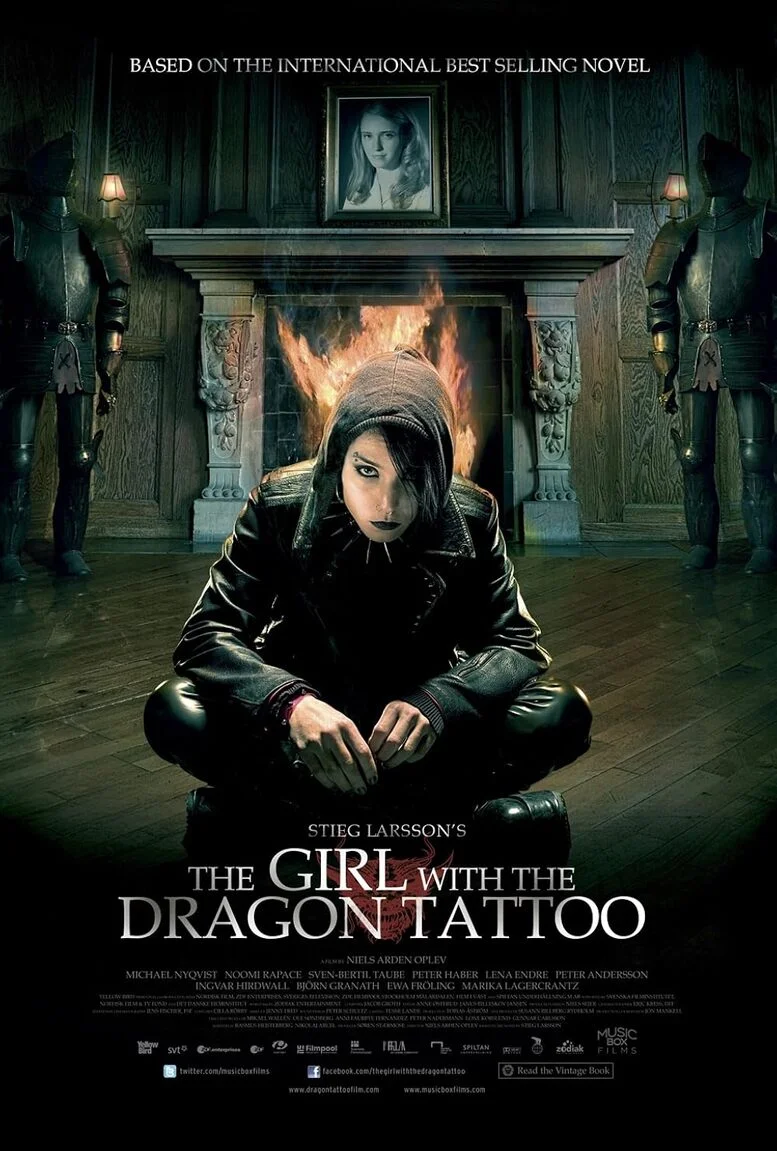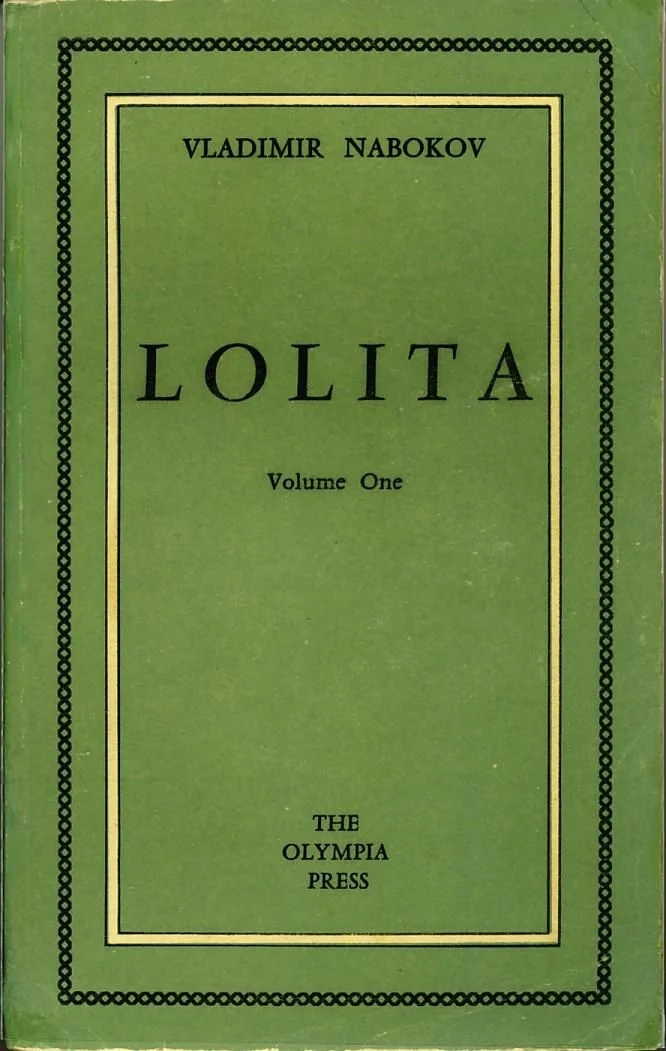When adapting Stieg Larsson’s The Girl with the Dragon Tattoo from page to screen, both the Swedish and American versions had to make decisions about which characters to keep and which to remove. These omissions weren’t arbitrary.
They reflected time constraints, narrative priorities, and the distinct demands of cinematic storytelling. Removing certain characters streamlined the plot but also altered its tone, emotional depth, and even political implications.
Condensing a complex narrative
The original novel spans multiple storylines: Mikael Blomkvist’s journalistic scandal, his involvement with the Vanger family, Lisbeth Salander’s personal and legal troubles, and the eventual unraveling of a multi-generational mystery. With a limited runtime, the film adaptations had to cut or combine elements to maintain pace and focus. As a result, several secondary characters either disappeared or were heavily reduced.
Omitted characters and their literary function
Several characters in the novel served specific functions: expanding themes of corruption, exploring family dynamics, or deepening the protagonists’ backstories. Their removal from the films meant these dimensions were either lost or expressed differently.
- Harriet’s Australian friends and colleagues In the novel, Harriet Vanger’s life after her escape to Australia is supported by several characters who help her build a new identity. These include coworkers and friends who contribute to the final pieces of the mystery. Their omission in the film made her reappearance feel more abrupt and emotionally distant. Without this supporting cast, Harriet’s survival seems more like a twist than a carefully plotted escape.
- Lisbeth’s former guardian Holger Palmgren Although Palmgren appears briefly in some adaptations, his substantial presence in the novel was reduced. Palmgren’s relationship with Lisbeth provided insight into her rare moments of trust and emotional vulnerability. His omission limited the audience’s understanding of how she navigates relationships and whom she chooses to trust.
- Mikael’s ex-wife and daughter Erika Berger, Mikael’s colleague and lover, remains in the films, but his daughter Pernilla and ex-wife Eva are either omitted or marginalized. In the novel, Pernilla’s brief involvement offers a counterbalance to the dark tone of the investigation and gives Mikael emotional grounding. Without them, he appears more solitary and emotionally flat, less a man with personal stakes than a detached investigator.
- Members of the extended Vanger family Larsson’s novel introduces a tangled web of Vanger relatives, many of whom are suspects in the central mystery. Several are removed or barely mentioned in the films, simplifying the narrative but also reducing the sense of claustrophobia and paranoia that surrounds the family. The novel’s complexity lies in the sheer number of possible perpetrators; the film reduces this tension by limiting the suspect pool.
Changes in character dynamics
When characters are removed, the remaining relationships inevitably shift. Some of these changes result in a loss of nuance, while others add unintended implications.
- Erika Berger and Mikael’s professional bond In the book, Erika’s dual role as Mikael’s lover and professional equal adds complexity to both their characters. Her presence is more subdued in the film, leading to a narrative where Mikael appears more isolated in his journalistic efforts. The dynamic between them, rich with ambiguity and loyalty, is underplayed, narrowing the scope of the journalistic subplot.
- Lisbeth and Mikael’s emotional contrast The book contrasts Lisbeth’s traumatic detachment with Mikael’s more conventional personal life. By omitting his family ties, the film makes both characters appear emotionally disconnected, unintentionally making them seem more similar. This alters the impact of their partnership, which in the novel is built on difference and mutual respect.
Thematic compression
Larsson’s book juggles numerous themes: violence against women, institutional corruption, journalism ethics, and personal redemption. Omitting certain characters reduced the scope of these themes.
- Social critique of legal and medical systems Palmgren and other minor officials in Lisbeth’s life serve to critique the Swedish welfare and legal systems. The removal of these figures shifts focus away from systemic issues and onto personal trauma. The result is a story that leans more into psychological thriller territory than societal critique.
- The ethical burden of journalism Mikael’s colleagues and professional environment in the book underscore the responsibilities and risks of investigative journalism. The streamlined film version, by narrowing the Millenium magazine’s presence, loses much of the ethical discussion about truth-telling, media influence, and editorial independence.
Impact on pacing and tension
The novel uses its expansive cast to build tension gradually. Each new character introduces a thread that adds to the tapestry of mystery. Removing characters accelerates the pace but also compresses suspense. In the film, discoveries feel quicker and more direct, with less investigation and fewer red herrings.
This shift affects the genre balance. While the novel hovers between detective fiction, psychological study, and social commentary, the film becomes more of a thriller. Tension is driven by danger and action rather than uncertainty and misdirection.
The cost of emotional distance
Character omissions also affect emotional tone. In the novel, brief yet poignant moments with secondary characters—such as Palmgren’s stroke or Pernilla’s innocent curiosity—offer warmth and respite. These scenes make the darkness of the central mystery more bearable and the main characters more human.
Without these interactions, the film can feel emotionally sterile. Lisbeth’s suffering becomes harder to contextualize, and Mikael’s motivations appear colder. The humanizing elements that make the book more than a mystery are reduced or erased.
Reasons behind the changes
Filmmakers face constraints that authors do not. Adapting a 600-page novel into a two-hour film requires prioritization. The following reasons typically guide character omissions:
- Runtime limitations — Each additional character requires screen time for setup, interaction, and closure.
- Audience clarity — A smaller cast helps viewers keep track of key events, particularly in a mystery story.
- Visual storytelling — Films rely on visuals and dialogue, which means some inner thoughts and nuanced relationships don’t translate well to screen.
- Budget considerations — Fewer actors and locations reduce production costs.
These constraints guide the creation of a tighter narrative, often at the expense of subtlety and depth.
New emphasis through omission
Cutting characters doesn’t only remove content—it redirects focus. By narrowing the story, the film highlights certain relationships more strongly. The bond between Mikael and Lisbeth receives more screen time, as does the investigation itself. The reduction of secondary characters concentrates attention on action and trauma, appealing to a broader international audience unfamiliar with the book’s Scandinavian context.
While the novel offers a layered portrait of personal damage amid a landscape of institutional decay, the film distills the story into a more conventional mystery. The omission of characters, therefore, is not just a matter of space—it reshapes the experience into something sharper, simpler, and less morally complex.


